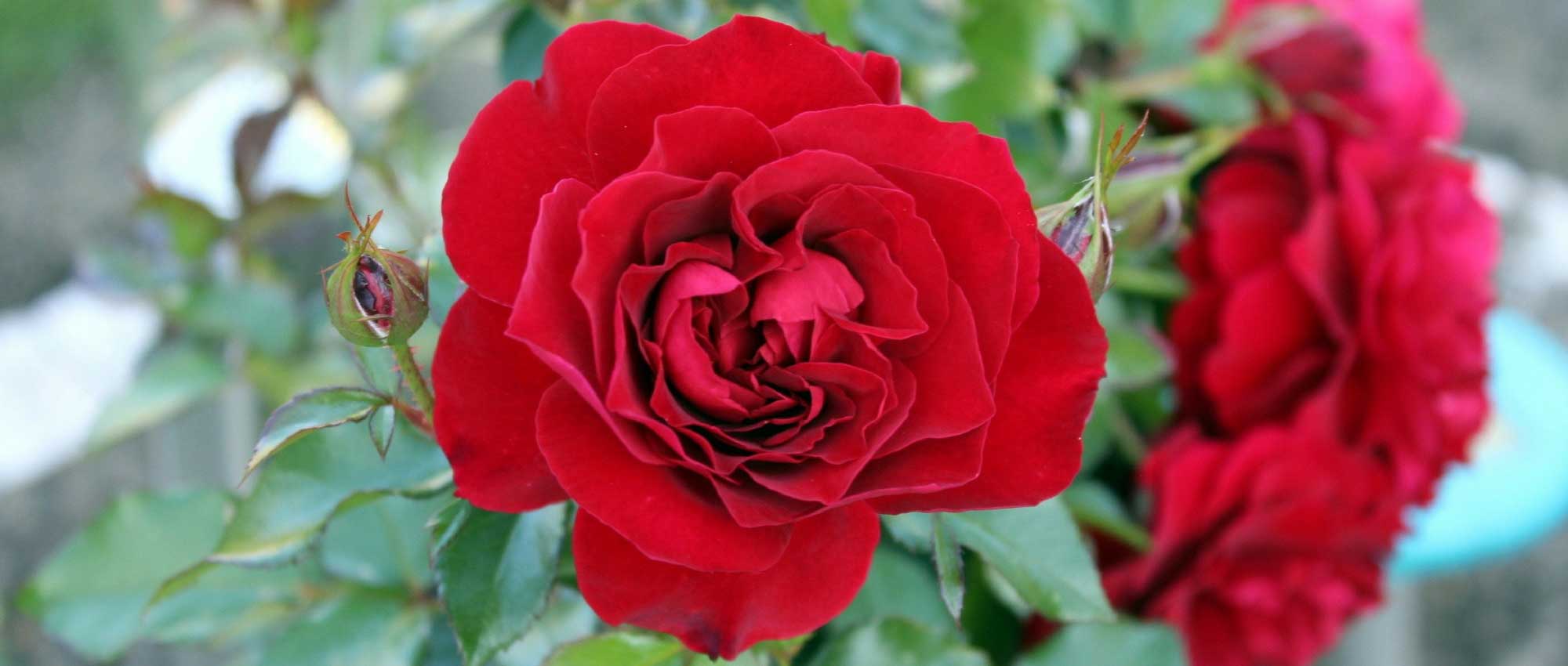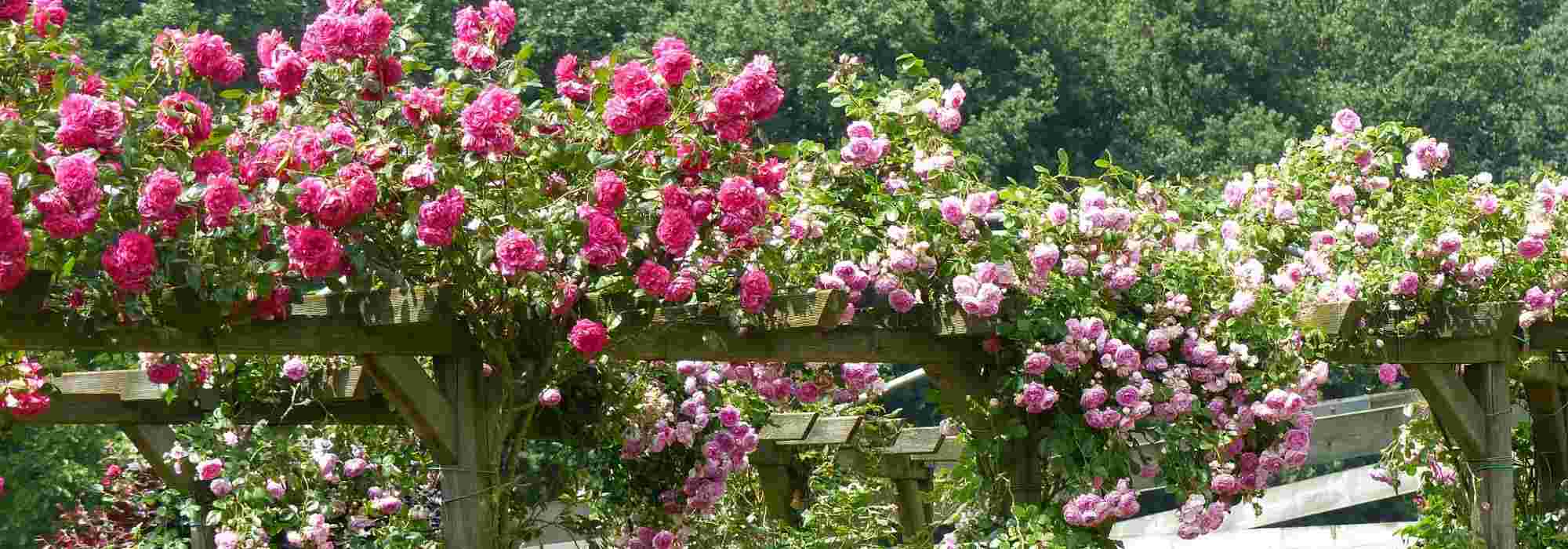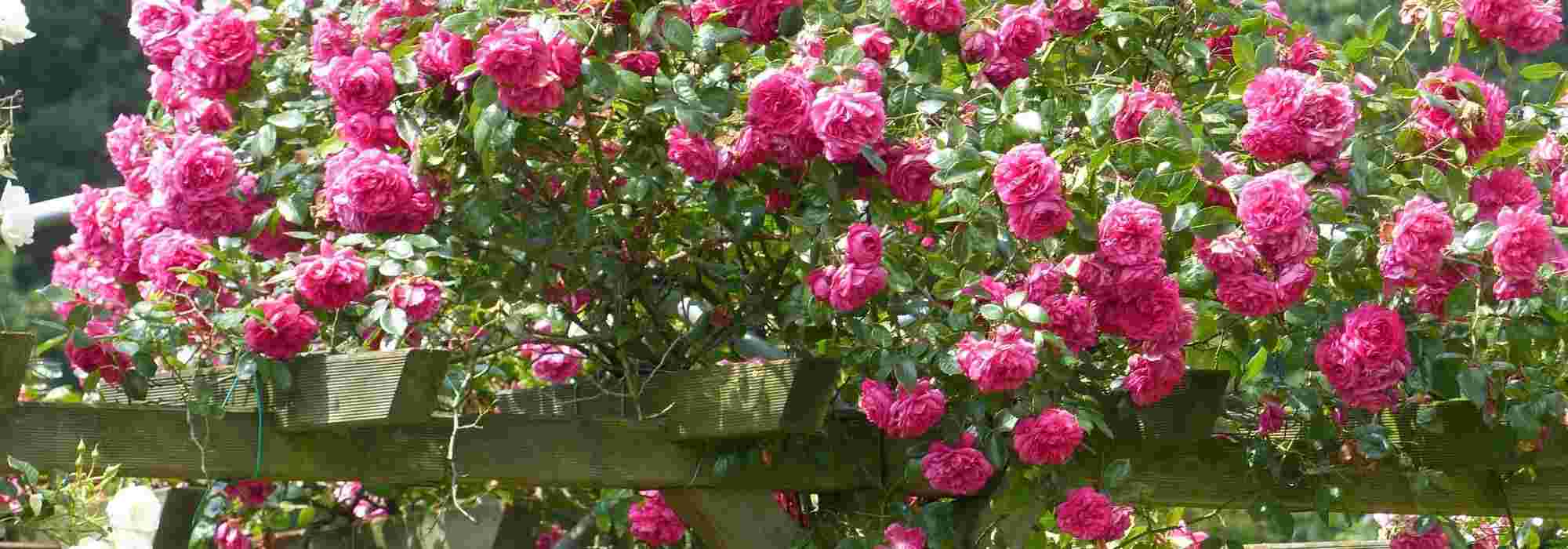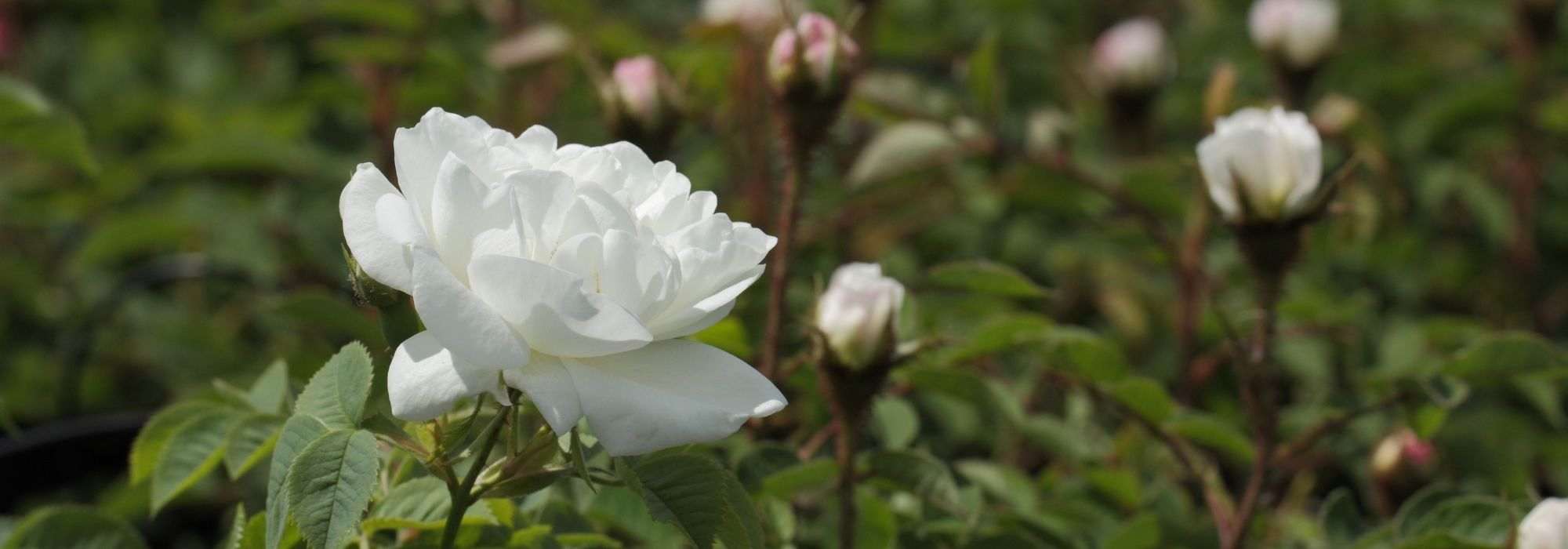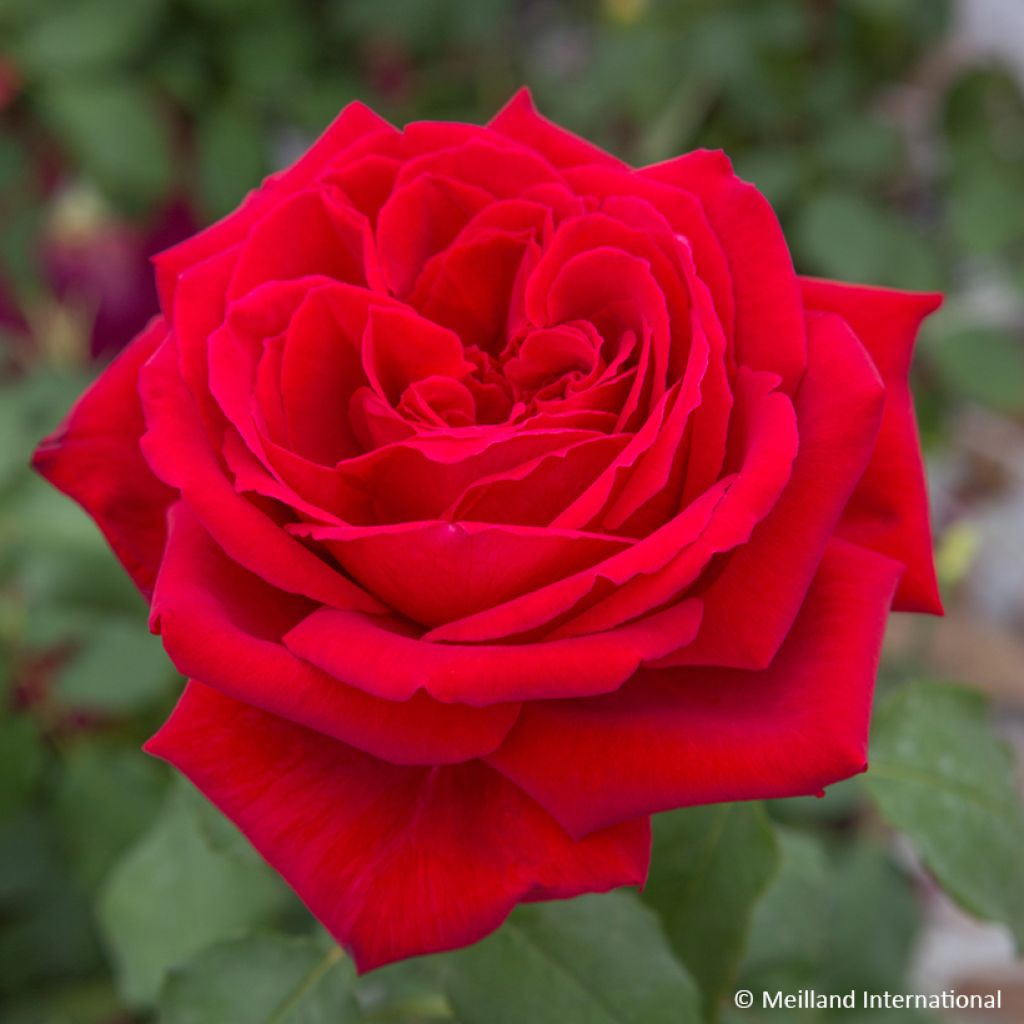

Rosa 'Meiafonesar' GPT BOTERO® - Rosier grimpant Botero
Rosa Botero Climbing - Climbing Rose
Rosa 'Meiafonesar' GPT BOTERO®
Climbing Rose
Special offer!
Receive a €20 voucher for any order over €90 (excluding delivery costs, credit notes, and plastic-free options)!
1- Add your favorite plants to your cart.
2- Once you have reached €90, confirm your order (you can even choose the delivery date!).
3- As soon as your order is shipped, you will receive an email containing your voucher code, valid for 3 months (90 days).
Your voucher is unique and can only be used once, for any order with a minimum value of €20, excluding delivery costs.
Can be combined with other current offers, non-divisible and non-refundable.
Home or relay delivery (depending on size and destination)
Schedule delivery date,
and select date in basket
We guarantee the quality of our plants for a full growing cycle, and will replace at our expense any plant that fails to recover under normal climatic and planting conditions.

Description
The 'Meiafonesar' BOTERO® Climbing Rose is a modern creation that wins over all lovers of beautiful flowers. Its continuous flowering blooms throughout the fine season, producing an abundance of densely double, fragrant, large red flowers that will charm you with their fruity hints reminiscent of red berries. This medium-sized Meilland Rose will easily find its place growing up a trellis near your fromt door. Its attractive satin-like, medium green foliage is highly disease-resistant, enabling you to enjoy all its advantages without any concerns.
The term Rose, Rosa in Latin, denotes the flagship genus of the Rosaceae family, which owes its name to it. The Rosa genus is estimated to include approximately 40,000 horticultural varieties, as this beloved genus among developers has been the focus of intense work by growers for centuries. The Botero Rose thus stems from Meilland's research, one of our French pioneers in producing new varieties globally renowned through the success of the 'Madame Antoine Meilland' rose ('Peace' in English-speaking regions). This rose's name pays tribute to the Colombian painter and sculptor Fernando Botero (1932-2023), known for his rounded figures. Launched in 2012, this is the sarmentous form of the BOTERO® Meiafone shrub rose introduced to the market nearly 10 years earlier. Trained up a support, trellis, pergola, or other structure, this rose will reach between 2 and 2.5 m in height and spread. Its compound, medium green foliage with a slight olive hue has a satin-like surface and is highly resistant to common rose diseases. It thus forms a beautiful green backdrop to highlight the intense red flowering. From June onwards, the flowers bloom profusely, almost continuously until October, especially if you remove faded flowers as they appear. After the spring abundance, you will still have blooms in mid-summer, followed by another intense wave in late summer and autumn. The turbinate flower buds open into a multitude of petals, 80 to 100, forming a slightly ruffled centre at full maturity, reminiscent of some old roses. The flowers can then measure up to 13 or 14 cm in diameter, and this abundance is accompanied by a powerful fragrance akin to May roses, with hints of red berries evoking currants and blackcurrants. Delighting your senses, this splendid Rose will thrive in full sun, in most not-too-dry soil types, and you can create cut flower displays with its fragrant blooms.
The 'Meiafonesar' BOTERO® Rose can be described as having 'high seductive potential' as its fragrance can be addictive while no one will remain indifferent to its colours as well as the size of its flowers. Train it near your front door to welcome visitors in the most beautiful way and enjoy its generous fragrance. If you train it on a pergola, pair it with other climbers like Clematis, which complement roses perfectly. Extend the flowering season to the extreme by also planting a Jasminum nudiflorum, a Winter Jasmine, another sarmentous plant that can easily be trained and will offer its bright yellow star-shaped flowers between December and March, bringing joy when grey weather and low skies prevail.
Planting and care
Plant your Botero Rose in a sunny position. Roses are tolerant but dislike excessive lime and thrive best in fertile, well-drained soil. They will adapt to any garden as long as the ground is well-prepared and sufficiently rich. To plant your rose, work the soil by breaking it up finely and adding an organic fertiliser such as dried blood or dehydrated horn at the bottom of the planting hole. Water generously after planting to remove any air pockets. Provide regular watering for a few weeks to encourage root establishment.
In late winter, shorten the side branches that have flowered to three buds. Use this pruning opportunity to remove any dead wood and unsightly branches. Prune at a slant above a bud to enable rainwater to drain quickly. As flowering progresses, deadhead to stimulate the growth of new buds.
If planting your climbing rose near a living tree, the rose's root system will compete with the well-established tree roots. To avoid this, here’s a trick: plant the rose in a large container with the bottom removed, placed at the base of the tree. The tree roots won’t penetrate the container for at least a year. Remove the container in the second year, for example by cutting one side, without disturbing the rose's root system. By then, the rose will have had time to develop a deep root system and will be more resilient.
This rose is highly disease-resistant, but if it does develop spots by late summer, it won’t affect its growth. These spots are harmless and a natural occurrence. Follow our advice to address them and read our article: Help! My Roses Have Spots
Planting & care advice
This item has not been reviewed yet - be the first to leave a review about it.
Haven't found what you were looking for?
Hardiness is the lowest winter temperature a plant can endure without suffering serious damage or even dying. However, hardiness is affected by location (a sheltered area, such as a patio), protection (winter cover) and soil type (hardiness is improved by well-drained soil).

Photo Sharing Terms & Conditions
In order to encourage gardeners to interact and share their experiences, Promesse de fleurs offers various media enabling content to be uploaded onto its Site - in particular via the ‘Photo sharing’ module.
The User agrees to refrain from:
- Posting any content that is illegal, prejudicial, insulting, racist, inciteful to hatred, revisionist, contrary to public decency, that infringes on privacy or on the privacy rights of third parties, in particular the publicity rights of persons and goods, intellectual property rights, or the right to privacy.
- Submitting content on behalf of a third party;
- Impersonate the identity of a third party and/or publish any personal information about a third party;
In general, the User undertakes to refrain from any unethical behaviour.
All Content (in particular text, comments, files, images, photos, videos, creative works, etc.), which may be subject to property or intellectual property rights, image or other private rights, shall remain the property of the User, subject to the limited rights granted by the terms of the licence granted by Promesse de fleurs as stated below. Users are at liberty to publish or not to publish such Content on the Site, notably via the ‘Photo Sharing’ facility, and accept that this Content shall be made public and freely accessible, notably on the Internet.
Users further acknowledge, undertake to have ,and guarantee that they hold all necessary rights and permissions to publish such material on the Site, in particular with regard to the legislation in force pertaining to any privacy, property, intellectual property, image, or contractual rights, or rights of any other nature. By publishing such Content on the Site, Users acknowledge accepting full liability as publishers of the Content within the meaning of the law, and grant Promesse de fleurs, free of charge, an inclusive, worldwide licence for the said Content for the entire duration of its publication, including all reproduction, representation, up/downloading, displaying, performing, transmission, and storage rights.
Users also grant permission for their name to be linked to the Content and accept that this link may not always be made available.
By engaging in posting material, Users consent to their Content becoming automatically accessible on the Internet, in particular on other sites and/or blogs and/or web pages of the Promesse de fleurs site, including in particular social pages and the Promesse de fleurs catalogue.
Users may secure the removal of entrusted content free of charge by issuing a simple request via our contact form.
The flowering period indicated on our website applies to countries and regions located in USDA zone 8 (France, the United Kingdom, Ireland, the Netherlands, etc.)
It will vary according to where you live:
- In zones 9 to 10 (Italy, Spain, Greece, etc.), flowering will occur about 2 to 4 weeks earlier.
- In zones 6 to 7 (Germany, Poland, Slovenia, and lower mountainous regions), flowering will be delayed by 2 to 3 weeks.
- In zone 5 (Central Europe, Scandinavia), blooming will be delayed by 3 to 5 weeks.
In temperate climates, pruning of spring-flowering shrubs (forsythia, spireas, etc.) should be done just after flowering.
Pruning of summer-flowering shrubs (Indian Lilac, Perovskia, etc.) can be done in winter or spring.
In cold regions as well as with frost-sensitive plants, avoid pruning too early when severe frosts may still occur.
The planting period indicated on our website applies to countries and regions located in USDA zone 8 (France, United Kingdom, Ireland, Netherlands).
It will vary according to where you live:
- In Mediterranean zones (Marseille, Madrid, Milan, etc.), autumn and winter are the best planting periods.
- In continental zones (Strasbourg, Munich, Vienna, etc.), delay planting by 2 to 3 weeks in spring and bring it forward by 2 to 4 weeks in autumn.
- In mountainous regions (the Alps, Pyrenees, Carpathians, etc.), it is best to plant in late spring (May-June) or late summer (August-September).
The harvesting period indicated on our website applies to countries and regions in USDA zone 8 (France, England, Ireland, the Netherlands).
In colder areas (Scandinavia, Poland, Austria...) fruit and vegetable harvests are likely to be delayed by 3-4 weeks.
In warmer areas (Italy, Spain, Greece, etc.), harvesting will probably take place earlier, depending on weather conditions.
The sowing periods indicated on our website apply to countries and regions within USDA Zone 8 (France, UK, Ireland, Netherlands).
In colder areas (Scandinavia, Poland, Austria...), delay any outdoor sowing by 3-4 weeks, or sow under glass.
In warmer climes (Italy, Spain, Greece, etc.), bring outdoor sowing forward by a few weeks.






























